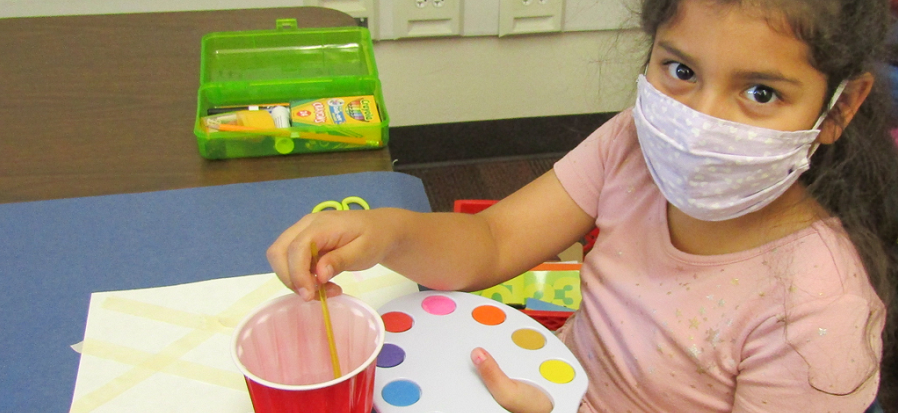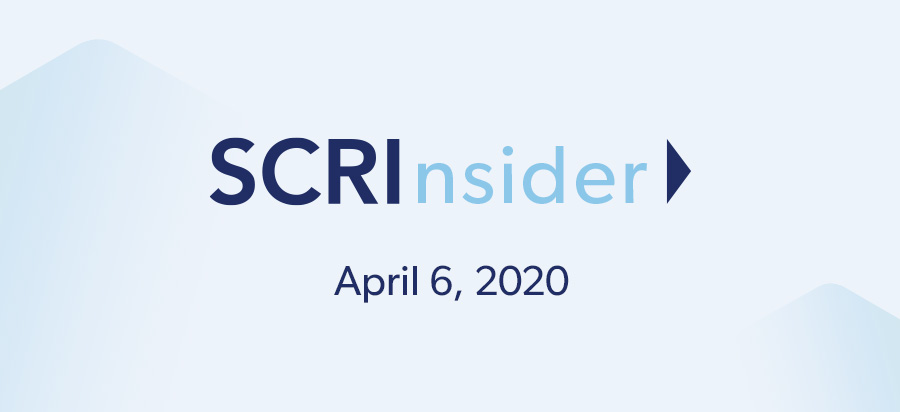The global COVID-19 pandemic led to one of the most disruptive years in the nation’s educational history. In the spring of 2020, over 124,000 school systems closed, many in a matter of a week or less, sending more than 55 million children home for the remainder of the 2019-2020 school year. While school districts were quick to develop and implement distance and virtual learning models to continue school year instruction, other challenges and disruptions remained such as monitoring attendance, tracking students with limited or no technology at home, cancellations of spring assessments, reduced teacher professional development, reduced after school programs, and disruptions to school meals. After 2-3 months of virtual learning and facing summer with limited-to-no learning opportunities, many educators and families feared youth engagement in learning would dramatically weaken, leading to major learning losses at the start of the new school year.
To confront this new reality of virtual learning, BellXcel, a national non-profit that partners with youth organizations and schools to license evidence-based learning programs, innovated a remote summer learning product, called BellXcel Remote, in partnership with Scholastic Education. This product could be implemented virtually with youth (called “scholars”) and families, including families with limited to no technology in the home. The Sperling Center for Research and Innovation (SCRI) collected and analyzed data on scholar, family, and educator experiences with BellXcel Remote. This brief explores how well and in what ways BellXcel Remote provided opportunities for engagement in learning and enrichment activities.
Research on summer learning has found that high-quality programs that successfully engage youth incorporate several key elements. This includes, but is not limited to, expanded programming beyond academics, fun and engaging enrichment opportunities, supportive learning environments, opportunities for family engagement, and motivated, prepared staff. This research, however, has focused on traditional, in-person programming and not virtual or remote learning programs.
In developing BellXcel Remote, the organization created a model that aligned with best practices in summer learning and made the best use of each family’s technology and availability, with the following elements:
- Six hours of content per day for a five-week program, with various implementation options
- Modular and flexible sample schedules that could be condensed or expanded as needed
- A blend of instructional time from a teacher and independent work by students and families spanning Math, ELA, Reading Corner, social and emotional learning (SEL), physical wellness, and STEAM enrichment
- Extended learning kits enabling students to work independently at home while accessing teacher support
- Focus on one primary lesson per day, alternating between Math and ELA
- Live instruction plus one-on-one check ins with students (by phone or computer)
- SEL, wellness, and STEAM enrichment activities (including virtual field trips) for scholars
- Family engagement opportunities supported by a family guide, family resource portal, and teacher outreach
- Comprehensive teacher and administrator guides and professional development
SCRI found evidence that BellXcel Remote did help to bridge the gap between a disrupted 2019-20 school year and the new 2020-21 school year and was able to engage youth in summer distance learning. Analysis of end-of-program stakeholder surveys demonstrates that the program kept scholars, families, and staff engaged in a myriad of academic, enrichment, and SEL activities.




